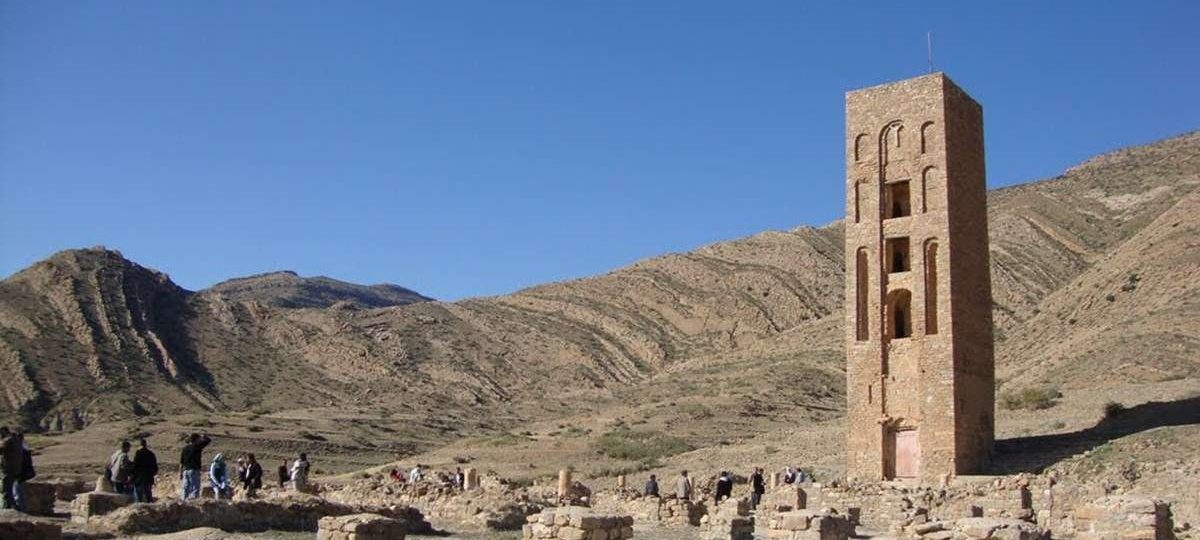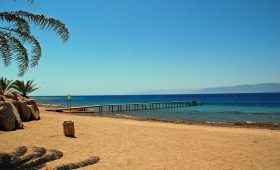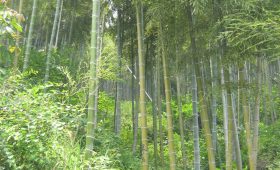Exploring Beni Hammad Fort in Algeria
History and Significance
Beni Hammad Fort, also known as Qal’at Beni Hammad, is a site of immense historical importance in Algeria. Constructed in 1007 by Hammad ibn Buluggin, the son of the founder of Algiers, this fortress became the capital of the Hammadid Berbers. It was a thriving center of commerce and culture, attracting caravans from across the Maghreb, Iraq, Syria, Egypt, and the Hejaz. The fort was abandoned in 1090 due to threats from the Banu Hilal and was partially destroyed by the Almohads in 1152.
As you walk through the ruins, you can almost hear the echoes of poets, sages, and theologians who once gathered here. The architecture of the Hammadids even left its mark on the Normans, showcasing a blend of cultural influences that defined the era.
Unique Features
Perched on a hilltop, Beni Hammad Fort offers sweeping views of the surrounding valleys. The site is renowned for its architectural diversity, featuring a mix of Berber, Arab, and Byzantine styles. Notable structures include the remains of the main mosque’s minaret, which stands as a testament to the site’s historical significance. This minaret, at 82 feet tall, is the only surviving part of what was once the largest mosque in North Africa before the 20th century.
The fort also houses several palaces, such as the Qasr al-Manar and Qasr al-Salam, which reflect the grandeur of Hammadid architecture. The Dar al-Bahr, or Lake Palace, is particularly fascinating with its large rectangular pool used for nautical displays, surrounded by a portico and accessed through a monumental entrance.
Best Time to Visit
For a comfortable experience, plan your visit during spring or autumn. The weather is mild, making it ideal for exploring the ruins without the extremes of summer heat or winter chill.
How to Get There
Located in the Bejaia province, about 200 kilometers east of Algiers, Beni Hammad Fort is accessible by flying into Algiers. From there, you can take a domestic flight or a scenic train ride to Bejaia. The journey offers a glimpse of Algeria’s picturesque towns and landscapes.
Local Transportation
Once in Bejaia, hiring a local guide or taking a taxi is recommended to reach the fort. The site is in a remote area, and a knowledgeable guide can provide valuable historical insights. If you prefer independence, renting a car is an option, but be prepared for narrow, winding roads.
Summary of Facts
- Constructed in 1007 by Hammad ibn Buluggin.
- Served as the capital of the Hammadid Berbers.
- Features a blend of Berber, Arab, and Byzantine architecture.
- Offers panoramic views of the surrounding valleys.
- Best visited in spring or autumn for mild weather.
- Accessible via Algiers with further travel to Bejaia.
- Local transportation options include guides, taxis, or rental cars.




